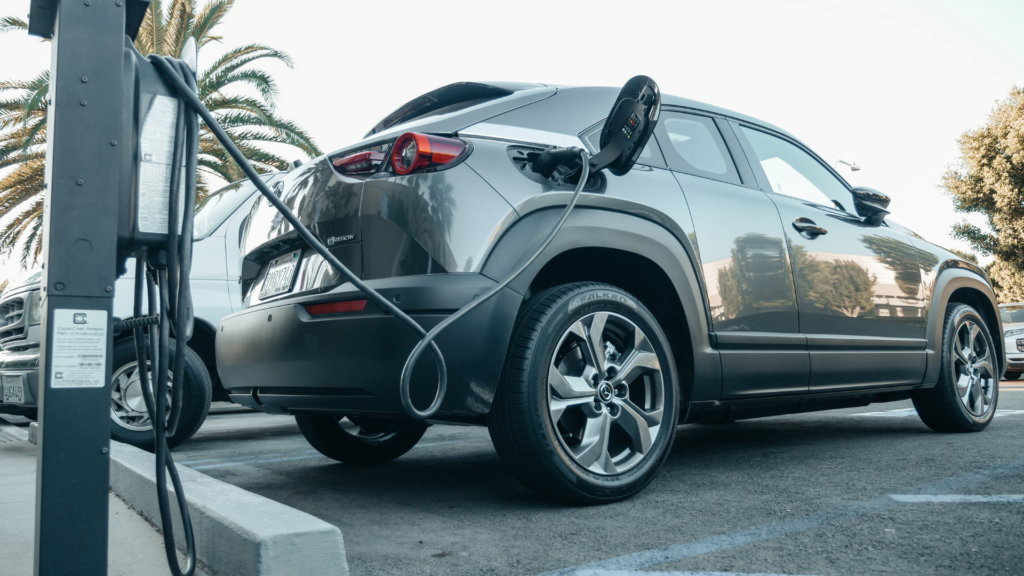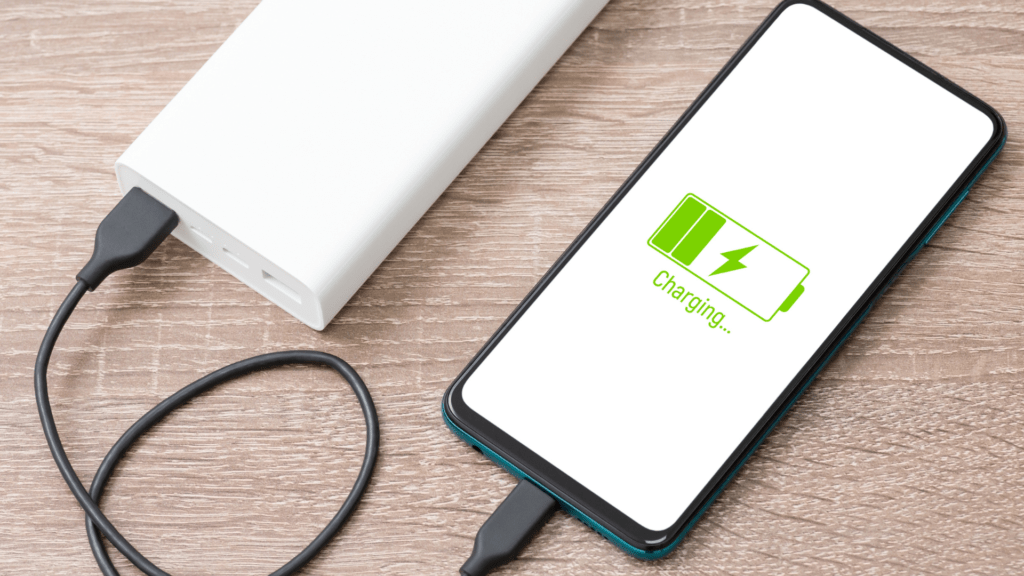Introduction
How a Charged Object Touches Another to Become Charged Electricity plays an essential role in our daily lives. From powering our homes to running devices like phones and computers, it’s all around us. One of the fundamental concepts of electricity is charge, and how charged objects can interact. Have you ever wondered how a charged object can transfer its charge to another simply by touching it? In this article, we will dive deep into this interesting process, explore its science, and explain how it all works.
What Is Electric Charge?
Before diving into the interaction between charged objects, it’s essential to understand what electric charge is. Electric charge is a property of matter that causes it to experience a force when placed in an electric and magnetic field. There are two types of electric charge: positive and negative.
- Positive charge: Carried by protons, these are often associated with objects that have more protons than electrons.
- Negative charge: Carried by electrons, these are associated with objects that have more electrons than protons.
When two objects come close to each other, they may interact depending on the type of charge they have. If two objects carry the same charge (both positive or both negative), they will repel each other. If one has a positive charge and the other has a negative charge, they will attract each other.

How Does a Charged Object Transfer Its Charge?
When a charged object touches another object, charge can move from one to the other. This happens because both objects are made of atoms, which contain charged particles (protons and electrons). The key players in this process are electrons, which are much lighter than protons and can move freely between objects. Here’s how it works:
Contact Between Two Objects
When a charged object comes in contact with another object, electrons may transfer between them. If the charged object has an excess of electrons (a negative charge), some of those electrons will move to the other object. If the charged object has fewer electrons (a positive charge), the object will try to attract electrons from the other object.
Charge Distribution
Once the objects touch, they can share charge until they reach a state of balance. In a typical scenario, when two objects come into contact, they will both adjust to having similar charges. This is because the electrons will flow from the object with excess charge to the one with less charge.
Equalization of Charge
After the transfer of charge, the objects will reach an equilibrium state. Both objects will have the same or similar charge. The amount of charge that is transferred depends on various factors, including the material the objects are made of and their overall size.
Types of Charge Transfer Methods
There are several ways charge can be transferred between objects. The most common methods are:
Conduction
Conduction occurs when two objects touch each other. The charge is transferred through direct contact, which is why you might notice that when a charged object touches a neutral one, both become similarly charged.
Induction
Induction is the process where a charged object can influence the charge distribution in a nearby neutral object without direct contact. This method involves the rearrangement of charges within the object due to the electric field of the charged object.
Friction
When two objects rub against each other, electrons can be transferred from one to the other. This is why static electricity builds up when you rub a balloon on your hair or shuffle your feet on the carpet.
Why Does Touching Cause the Charge Transfer?
The reason why touching a charged object to another causes the transfer of charge lies in the behavior of electrons. Electrons are the particles responsible for charge, and they are mobile within atoms and molecules. If two objects are at different electric potentials (charged differently), when they come in contact, the electrons will move to balance out the difference.

What Happens After Charge Transfer?
After a charged object touches another and charge is transferred, the objects may both end up with similar charges. If you separate them, they will each retain the charge they have acquired. In other words, the object that was originally neutral will have the same type of charge as the charged object.
For example, if you take a negatively charged rod and touch it to a neutral metal ball, the ball will acquire negative charge. If you separate the rod from the ball, the ball will continue to hold a negative charge. The ball will now behave like the charged rod.
Factors That Affect Charge Transfer
Several factors influence how charge is transferred between objects. These include:
Material of the Objects
Different materials have different abilities to hold or transfer charge. Metals, for instance, are excellent conductors and can transfer charge easily. On the other hand, insulators like rubber or wood do not allow easy flow of electrons.
Size of the Objects
Larger objects can store more charge compared to smaller objects. Therefore, a large object is more likely to have an excess charge to transfer.
Surface Area
The surface area of the object in contact with the other object can affect how much charge is transferred. A larger contact area allows for more electrons to transfer.
Applications of Charge Transfer
The process of charge transfer is not just a theoretical concept. It has many real-world applications:
Electrostatic Precipitators
In industrial settings, electrostatic precipitators use the principle of charge transfer to remove dust and pollutants from the air. Charged particles are attracted to oppositely charged plates and are removed from the air.
Capacitors
Capacitors store charge by separating positive and negative charges. They are used in electronic circuits to smooth voltage fluctuations and store energy.
Static Electricity
The everyday experience of static electricity, such as when you touch a doorknob and feel a shock, is the result of charge transfer. When you walk on a carpet, electrons transfer between your body and the carpet, causing an imbalance of charge.
Conclusion
The process of one charged object touching another and causing it to become charged is a fascinating and essential part of the world of electricity. It’s based on the transfer of electrons, and understanding this helps explain many phenomena, from static electricity to industrial applications like electrostatic precipitators. By grasping the concepts of electric charge, conduction, and induction, we can better understand how our everyday technologies work and even how natural phenomena, like lightning, occur.
FAQs
1. What happens when a charged object touches a neutral object?
When a charged object touches a neutral object, the charge from the charged object transfers to the neutral object, making it similarly charged.
2. Can an object become charged by just touching another object?
Yes, an object can become charged by simply touching another charged object. The electrons move from one to the other, balancing their charges.
3. Why do objects with the same charge repel each other?
Objects with the same charge repel each other because like charges push away each other. This is a result of the electric force that exists between charges.
4. What is the difference between conduction and induction in charge transfer?
Conduction involves direct contact between objects, leading to charge transfer. Induction, on the other hand, occurs without direct contact, where the presence of a charged object rearranges the charges in a nearby object.
5. Can static electricity be dangerous?
Yes, static electricity can be dangerous in certain conditions. It can cause sparks that may ignite flammable materials or damage sensitive electronic equipment.
